Manta Point in Komodo;
Magical Snorkeling
Along Side with
Manta Rays
Top Joyday Tour
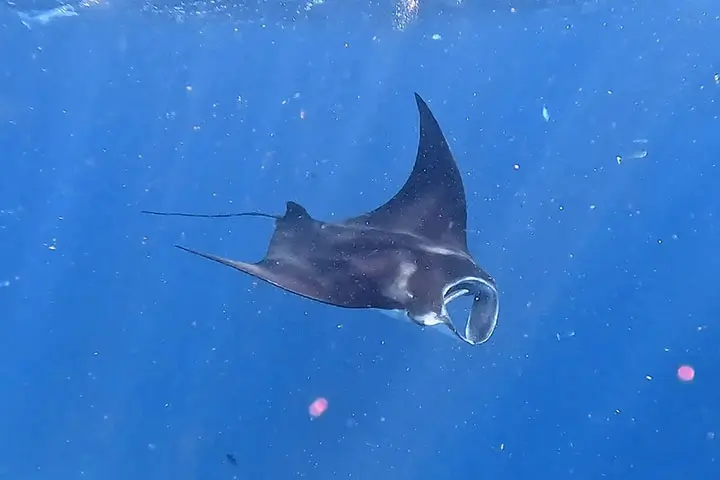
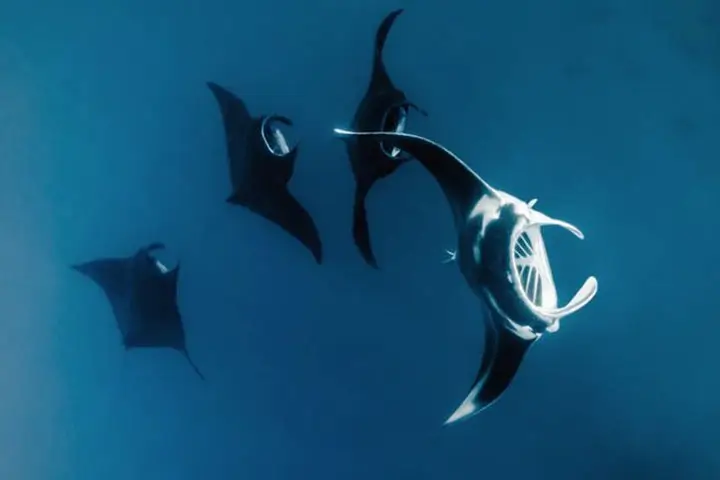
Ultimate Guide to Manta Point
Manta Point in Komodo is a premier spot to encounter and drifting along side with the graceful manta rays. Located in the middle of Komodo National Park waters, this site offer a perfect underwater beauty and challenging.
These gentle giants, with wingspans reaching up to 5 meters (16 feet), swim freely in these Komodo waters. Whether you’re a skilled diver or just snorkeling, this place gives you a memorable underwater experience.
What is manta Rays?
Physical Characteristics
This graceful animal are effectively recognizable by their level, diamond-shaped bodies and huge pectoral blades, which take after wings. There are two fundamental species:
- Reef Manta Ray (Mobula alfredi); Found in shallow coastal waters, usually around coral reefs.
- Giant Oceanic Manta Ray (Mobula birostris); Roams open oceans and can grow much larger.
- Wingspan: Reef mantas average 3-5 meters (10-16 feet), while oceanic mantas can reach up to 7 meters (23 feet).
- Weight: They can weigh as much as 1,350 kg (3,000 lbs).
- Color: Most mantas are dark blue or black on top and white underneath, and they have special spot patterns that help tell them apart.
Behavior and Intelligence
Known for being curious and friendly, Manta rays often swim close to divers and snorkelers and don’t seem scared of people.
- Feeding Habits: They eat by filtering food from the water, like tiny animals, small fish, and plankton, by swimming with their mouths wide open.
- Breaching: Sometimes, mantas jump out of the water. This is called breaching, and they might do it to get rid of bugs or to communicate with one another.
- Social Creatures: They sometimes come together in groups to eat or get cleaned at coral reefs, where smaller fish help get rid of parasites on their skin.
Reproduction and Lifespan
This Manta rays reproduce slowly, which makes it easy for their numbers to go down.
- The gestation period is around 12 to 13 months, and usually produces one baby, but sometimes two babies.
- Maturity: They become able to reproduce when they are about 8 to 10 years old.
- Mantas can live for 40 to 50 years in the wild.
Interesting Thing about Manta Point in Komodo
As its suggests name, Manta Point is your chance to see and snorkel up close with the graceful manta rays. Here, an off-shore snorkeling will be accompanied by a tour guide and let you enjoy snorkeling along side with these majestic animal.
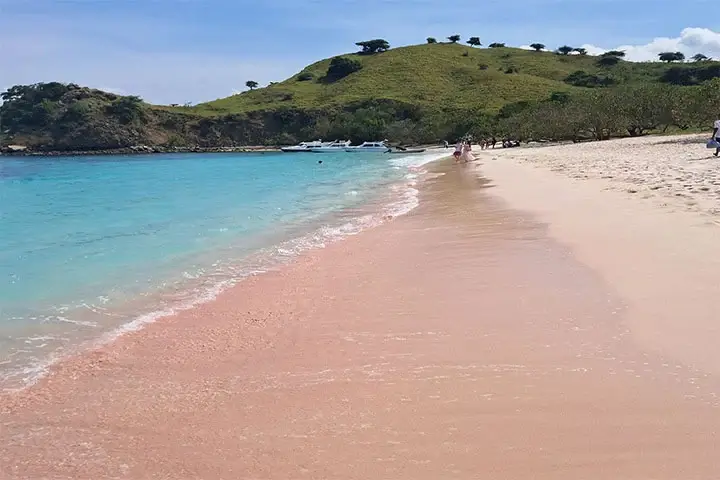
Pink Beach in Komodo: The uniqueness of a hidden treasure on the eastern coast of Indonesia
The exoticism of this beach is not only limited to its stunning appearance, but is also supported by the diversity of marine biota that live in its waters.
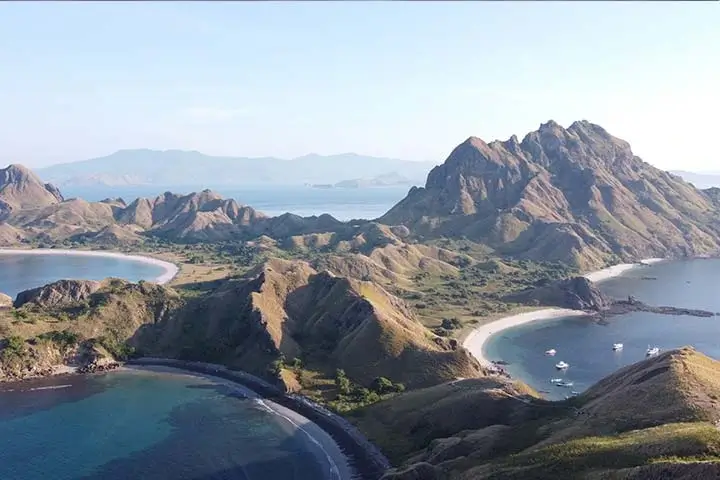
Padar Island; a Stunning View in Komodo Islands
For those of you who love nature, photography, and hiking, Padar Island can be included in your travel bucket list
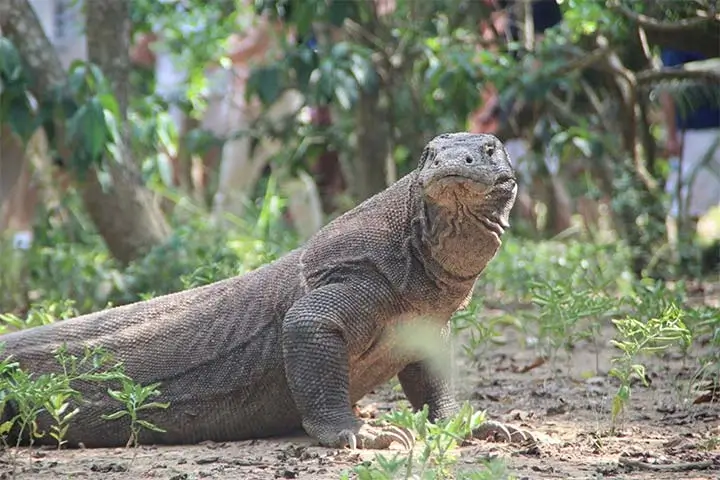
Komodo Dragon: Largest Living Lizard on Earth
Komodo dragon (varanus komodoensis) refers to one of the endangered animal known as largest living lizard on earth. Its natural habitat is in Komodo National Park.
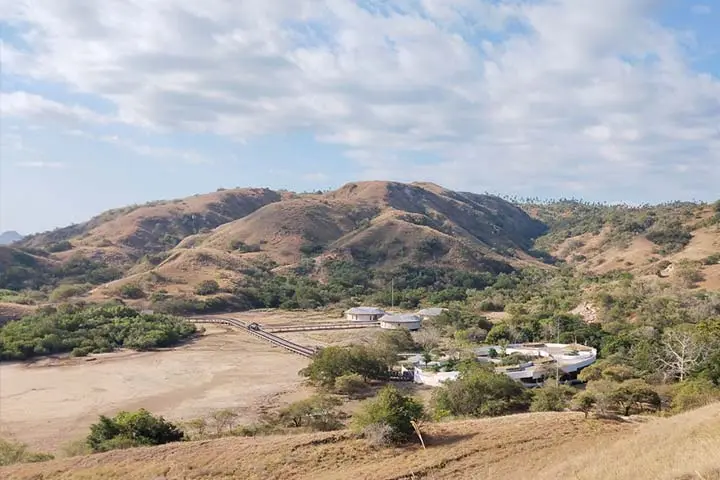
Exploring the Wildlife: the Ultimate Herping Tour Experience in Komodo Islands
Herping is the fun activity of finding and watching reptiles and amphibians in the wild. It has become popular with nature lovers and people looking for adventure